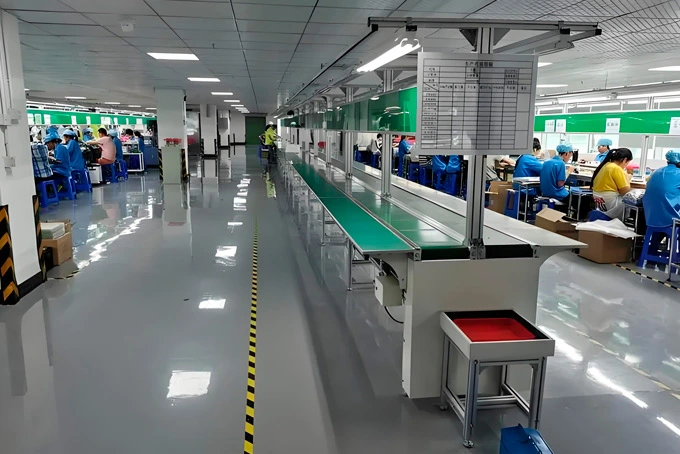Water flow sensors are essential tools for monitoring and controlling fluid flow in various industries. By measuring the velocity or flow rate of water, these sensors ensure system efficiency, detect irregularities, and prevent issues like leaks or overflows. In this blog, we will explore the water flow sensor working principle, their applications, water flow sensor types, and factors that affect their accuracy.
A water flow sensor is a device that measures the velocity or flow rate of water or other fluids in a system. These sensors provide critical data for real-time monitoring, enabling precise control in applications like irrigation, water treatment, and industrial processes. Often integrated with a water flow switch, they can trigger actions (e.g., turning on a pump) when specific flow conditions are met, enhancing system automation and safety.
The water flow sensor working principle varies depending on the sensor type. Common water flow sensor types include differential pressure, ultrasonic, electromagnetic, and turbine-based sensors. Here’s a brief overview:
Differential Pressure Sensors: These rely on Bernoulli’s principle, which states that the pressure drop across a flow meter is proportional to the square of the flow rate. By measuring the pressure difference across a pipe’s cross-section, the sensor calculates the flow rate.
Ultrasonic Sensors: These use sound waves to measure the velocity of the fluid, calculating flow rate based on the time it takes for waves to travel through the water.
Electromagnetic Sensors: Based on Faraday’s law, these sensors measure the voltage generated by water moving through a magnetic field, which is proportional to the flow rate.
Turbine Sensors: These feature a rotating turbine that spins faster with higher flow rates, with the rotation speed translated into a flow measurement.
Each type provides accurate, real-time data, making water flow sensors versatile for applications requiring precise fluid control, such as a flow switch for water pump or a water flow switch in chiller systems.
Water flow sensor applications span multiple industries, ensuring efficient and safe fluid management. Key uses include:
Water Treatment Systems: Water flow sensors monitor water movement through treatment plants, detecting irregularities like blockages or leaks to maintain optimal operation.
Irrigation: In agriculture, sensors paired with a water flow switch optimize water distribution, conserving resources and ensuring crops receive adequate hydration.
Industrial Processes: Flow sensors for water pumps are used in cooling systems, chemical processing, and manufacturing to regulate fluid flow and prevent disruptions.
HVAC and Chillers: A water flow switch for chiller systems ensures proper water circulation in HVAC systems, preventing overheating or inefficiencies in flow switch in chilled water system applications.
Water Quality Monitoring: Some sensors integrate with systems that measure parameters like pH, temperature, or turbidity, ensuring both flow and quality standards are met.
The accuracy of a water flow sensor depends heavily on its placement. For optimal performance, sensors should be installed on a horizontal pipe, with the sensor positioned at the top to avoid sediment interference. To minimize turbulence, place the sensor at least 10 pipe diameters upstream and 5 pipe diameters downstream of any flow disturbances, such as valves, bends, or elbows. This ensures stable flow conditions, which is critical for reliable measurements in systems using a water flow switch for pump or other control mechanisms.
Improper placement can lead to inaccurate readings, affecting system performance. Following these guidelines is essential for consistent results across different water flow sensor types.
Water flow sensors are vital for managing fluid systems across industries, from irrigation to industrial processes and HVAC systems. By leveraging principles like Bernoulli’s law, ultrasonic waves, or electromagnetic fields, these sensors deliver precise flow data, often enhanced by a water flow switch for automated control. Whether used as a flow switch for water pump or a water flow switch in chiller systems, proper sensor placement is key to ensuring accuracy. As industries prioritize efficiency and sustainability, water flow sensors and their applications will continue to play a critical role in optimizing fluid management.
